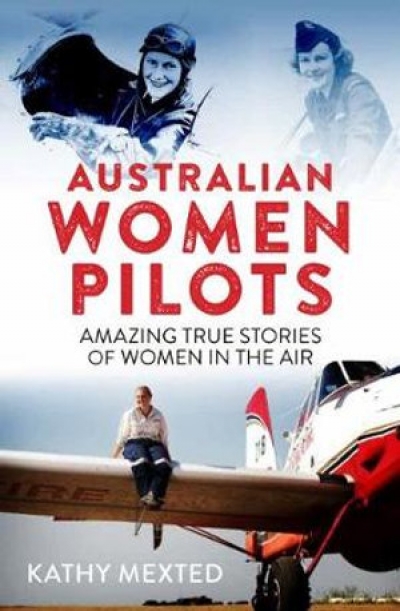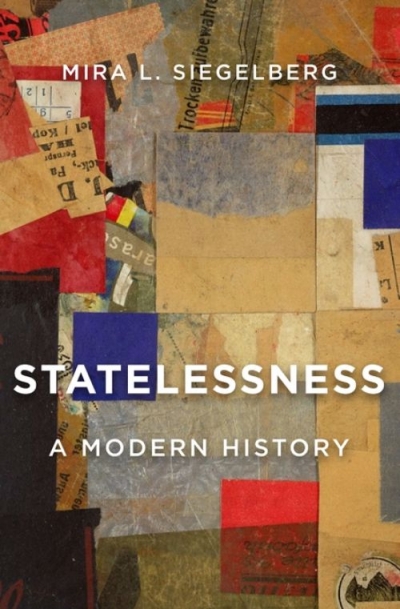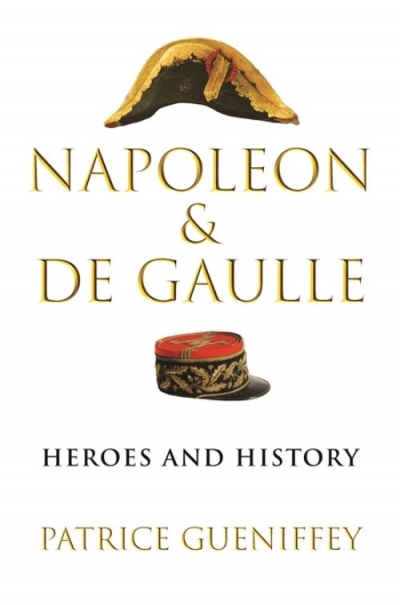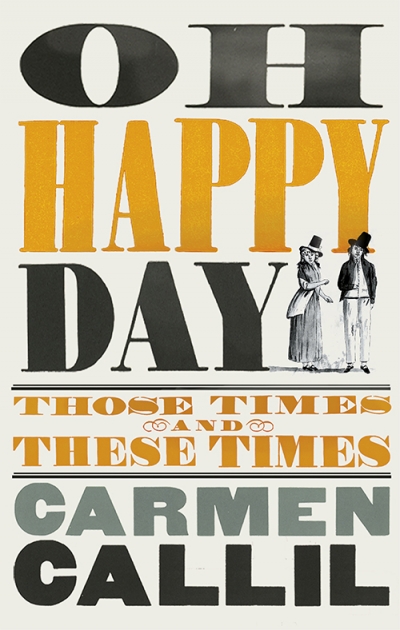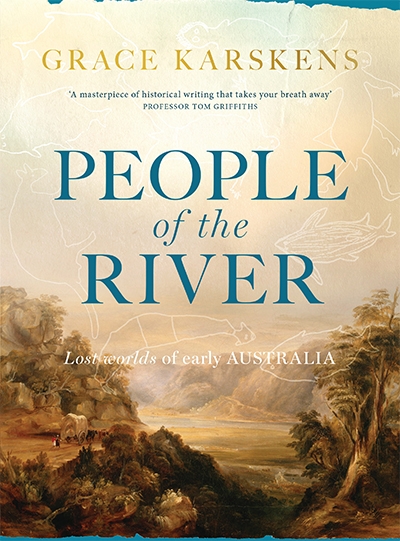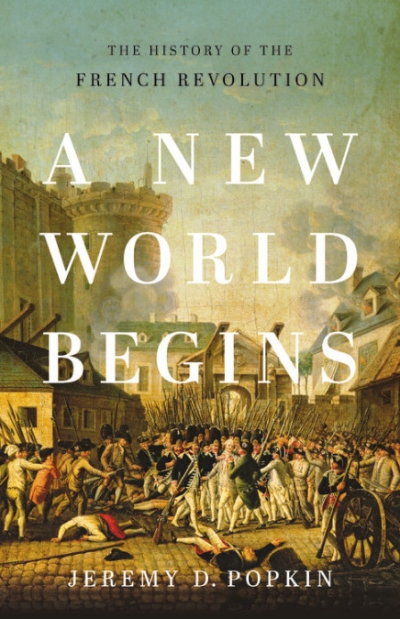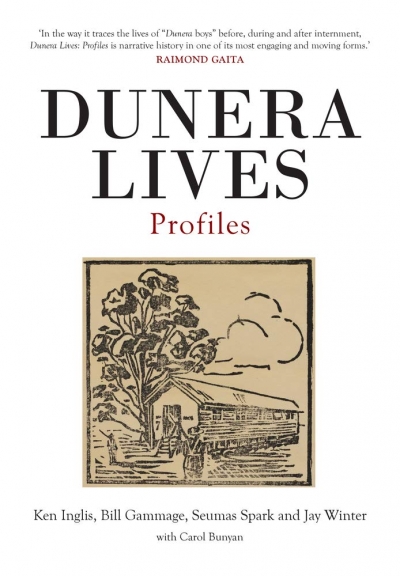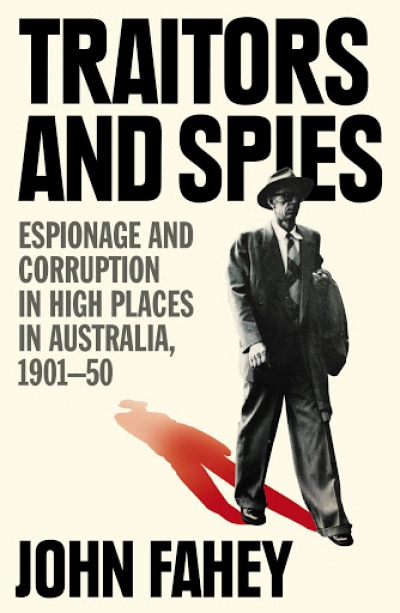History
Australian Women Pilots: Amazing true stories of women in the air by Kathy Mexted
Kathy Mexted was a teenager when the possibility of becoming a pilot entered her head. The year was 1978, and she was airborne in a plane commanded by her father. The latter turned to his daughter and remarked: ‘If you’d like to learn to fly, I’ll pay for it.’ Nonetheless, it would take twelve years for the author to seriously pursue her piloting ambitions. This delay was due to several factors, not least of which was that flying has long been a ‘male dominated industry’.
... (read more)‘Half a Jew’s life is consumed by the futile battle with papers,’ wrote Joseph Roth, in The Wandering Jews (1937), his little-known collection of essays written not long before the Holocaust. ‘The struggle for papers, the struggle against papers, is something an Eastern Jew gets free of only if he uses criminal methods to take on society.’ Faced with police demanding to see ‘exotic, improbable papers’, the Eastern Jew who possesses too many troublesome names, inaccurate birthdates, and no proper nationality to speak of is sent packing, ‘again, and again, and again’.
... (read more)Napoleon and de Gaulle: Heroes and history by Patrice Gueniffey, translated by Steven Rendall
Forty years ago, François Furet outraged the French historical establishment by proclaiming that ‘the French Revolution is over’, launching a blistering critique of the Marxist categories and politics of university historians, many of them still members of the Communist Party he had abandoned in 1959. By the time of the bicentenary in 1989, historians were in bitter dispute over the meaning and legacy of the Revolution. In that year, Patrice Gueniffey completed his doctorate under Furet at the prestigious research school the École des Hautes Études en Sciences Sociales in Paris. He remains at that institution today, Furet’s most famous disciple and a celebrated historian in his own right.
... (read more)The Collectors Of Lost Souls: Turning Kuru scientists into whitemen by Warwick Anderson
In 1976 Carleton Gajdusek received the Nobel Prize for his scientific research into Kuru, a degenerative brain disease that afflicted a small population of Fore people in the Highlands of Papua New Guinea. This book is the story of the complexities of that scientific discovery as a social process. It is also the story of Gajdusek, a medical scientist whose intellectual energy and boundless egotism ensured that the fame and glory associated with this medical advance were his, unambiguously and singularly.
... (read more)Scanning my bookshelves, I see a dozen or more of the distinctive green spines of Virago Press. In the late 1970s and 1980s, the Virago imprint was a guarantee of good reading by women writers whose works were rediscovered and sent out to find a new public. I had read Margaret Atwood, Rosamond Lehmann, and Elizabeth Taylor for the first time in hardcovers; Virago made them new. Kate O’ Brien’s The Land of Spices, banned in Ireland, had been hard to get. Here it was in Virago green, with a perceptive introduction to put it in context.
... (read more)People of the River: Lost worlds of early Australia by Grace Karskens
Grace Karskens’s previous book, The Colony (2009), which dealt with Sydney and the Cumberland Plain during the first years of invasion, was one of the great books about the early colonial period in Australia. People of the River is just as important but more profound and risky. In both, Karskens has found ways, brilliantly original ways, of taking in entire populations, and she is particularly good with webs of human connection and patterns of movement. Her focus on multi-centred relationship belongs to the twenty-first century, an age which is beginning to rethink the human individual as an interlinked being, a creature shaped by circumstance and by connection.
... (read more)Burning the Books: A history of knowledge under attack by Richard Ovenden
The store of knowledge available to humanity has never been so immense and accessible as it is today. Nor has it been so vulnerable to neglect or erasure. That, in essence, is the message of this book, written with urgency by the most senior executive at the Bodleian Libraries at Oxford, one of the largest and oldest library systems in the world.
... (read more)A New World Begins: The history of the French Revolution by Jeremy D. Popkin
Jeremy D. Popkin, a historian at the University of Kentucky, fittingly begins his account of the French Revolution with a printer in Lexington enthusing in late 1793 about the ideals of the Revolution of 1789 in his Kentucky Almanac. The printer’s geographic distance from the events in Paris meant that his idealistic vision of the Revolution coincided with its most violent and repressive period in 1793–94, later dubbed ‘the Reign of Terror’. This juxtaposition of 1789 and 1793 is useful for Popkin to make his key point that, ‘despite its shortcomings, however, the French Revolution remains a vital part of the heritage of democracy’.
... (read more)Many have come to Australia in strange circumstances, but the two thousand or so who arrived on the Dunera and Queen Mary in 1940 have one of the most unusual stories. With the outbreak of World War II in September 1939, Germans and Austrians living in the United Kingdom became enemy aliens. In May 1940, with the British Army on the Continent facing destruction and with invasion a very real threat, Winston Churchill ordered every enemy alien in the country arrested and detained. It was, he later realised, a mistake, as most Germans living in the United Kingdom were Hitler’s enemies rather than his supporters, and many were actually refugees from Nazism. But some had already been sent out of the country on ships bound for Australia and Canada. Not since the last convicts had been dropped at Fremantle in 1868 had the British government banished people judged as undesirable to Australia.
... (read more)Traitors and Spies: Espionage and corruption in high places in Australia, 1901–50 by John Fahey
I am a great fan of archives, and so is John Fahey, a former officer of an Australian intelligence service (the Defence Signals Directorate) turned historian. His previous book, Australia’s First Spies (2018), covered the same time period (1901–50) but focused on the good guys (our spies) rather than the bad ones (their spies). His itemised list of Australian, British, and US archival files consulted runs to several pages. Most of these are the archives of intelligence agencies. And here’s the rub: intelligence files contain many names, but not necessarily the names of actual spies.
... (read more)

